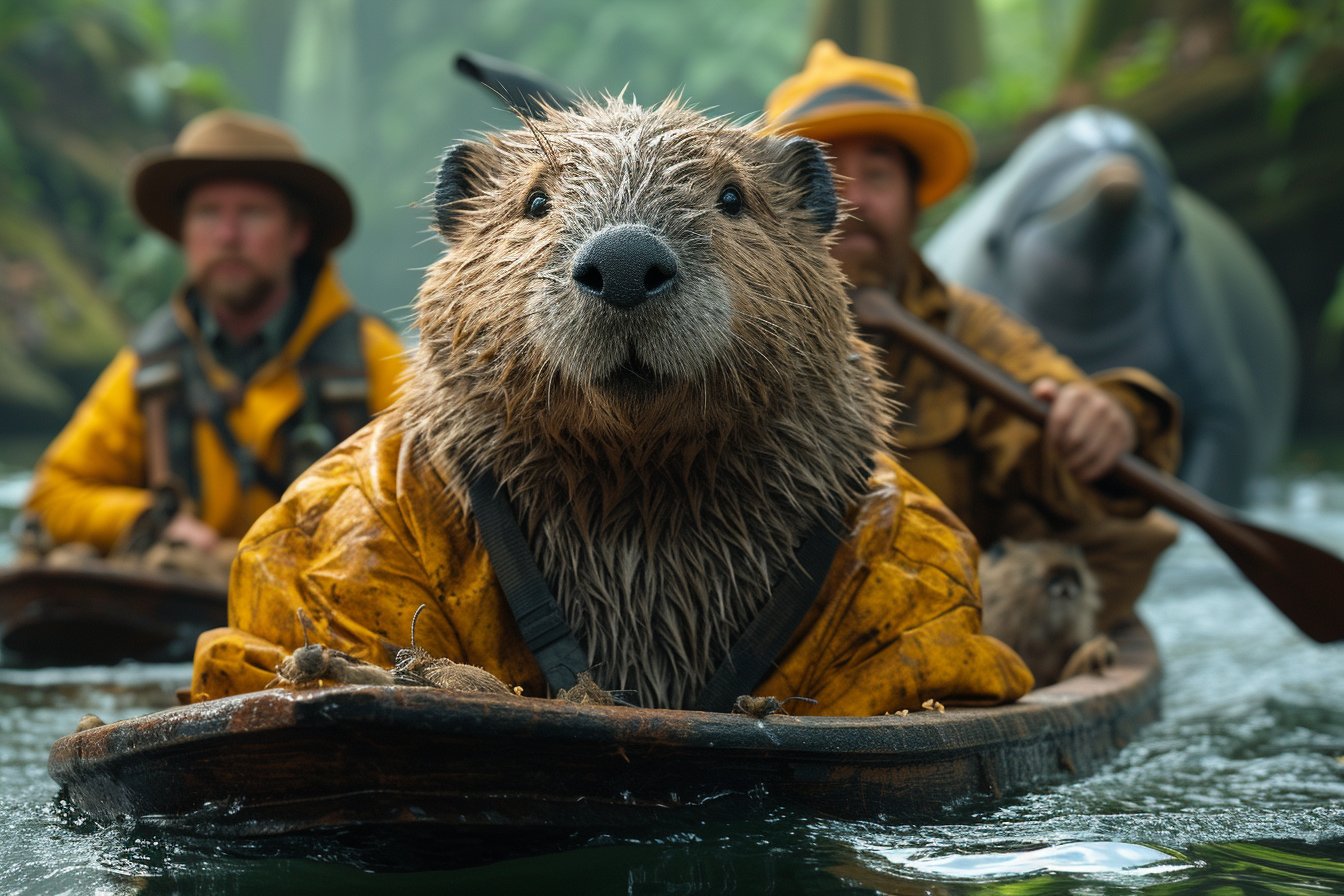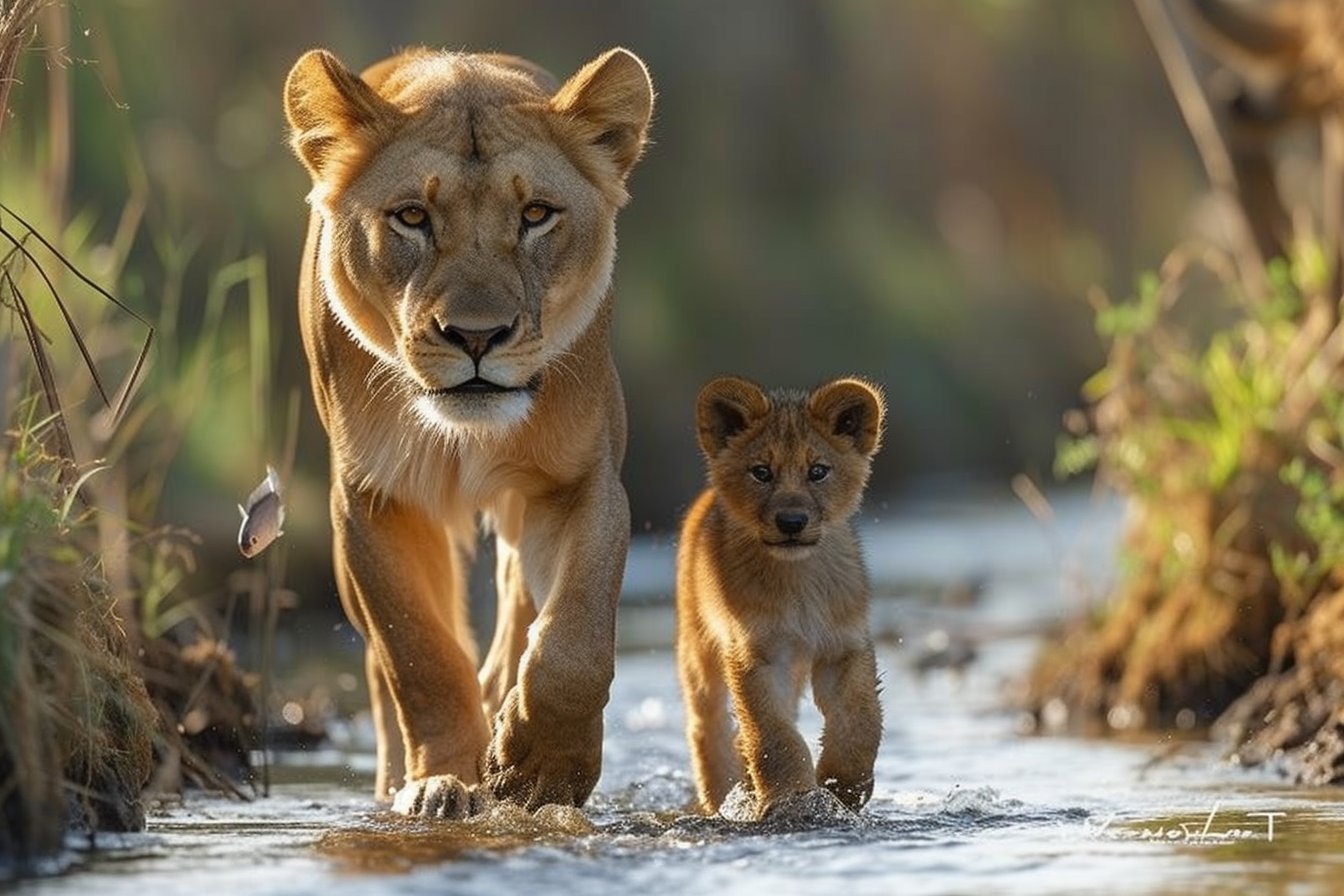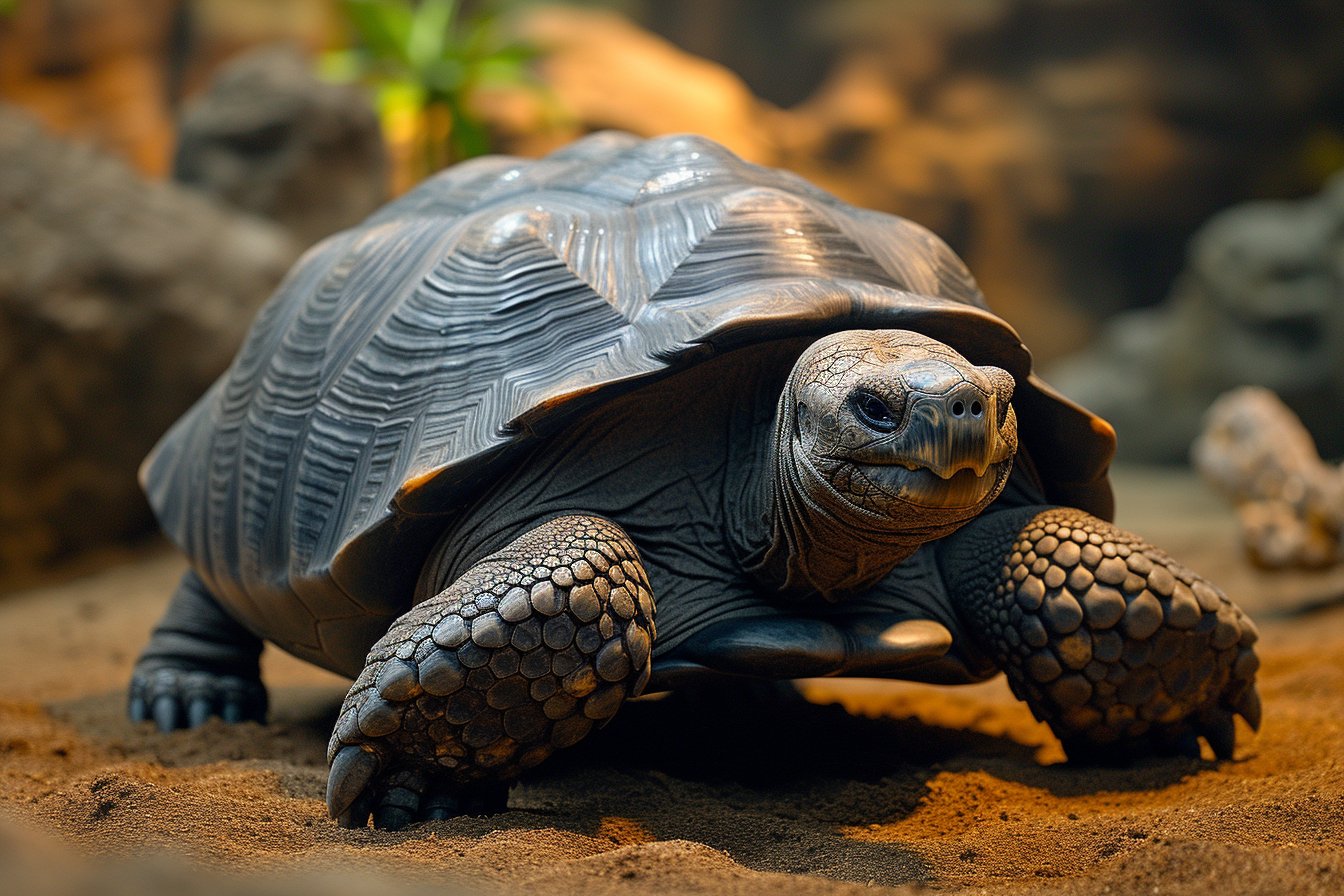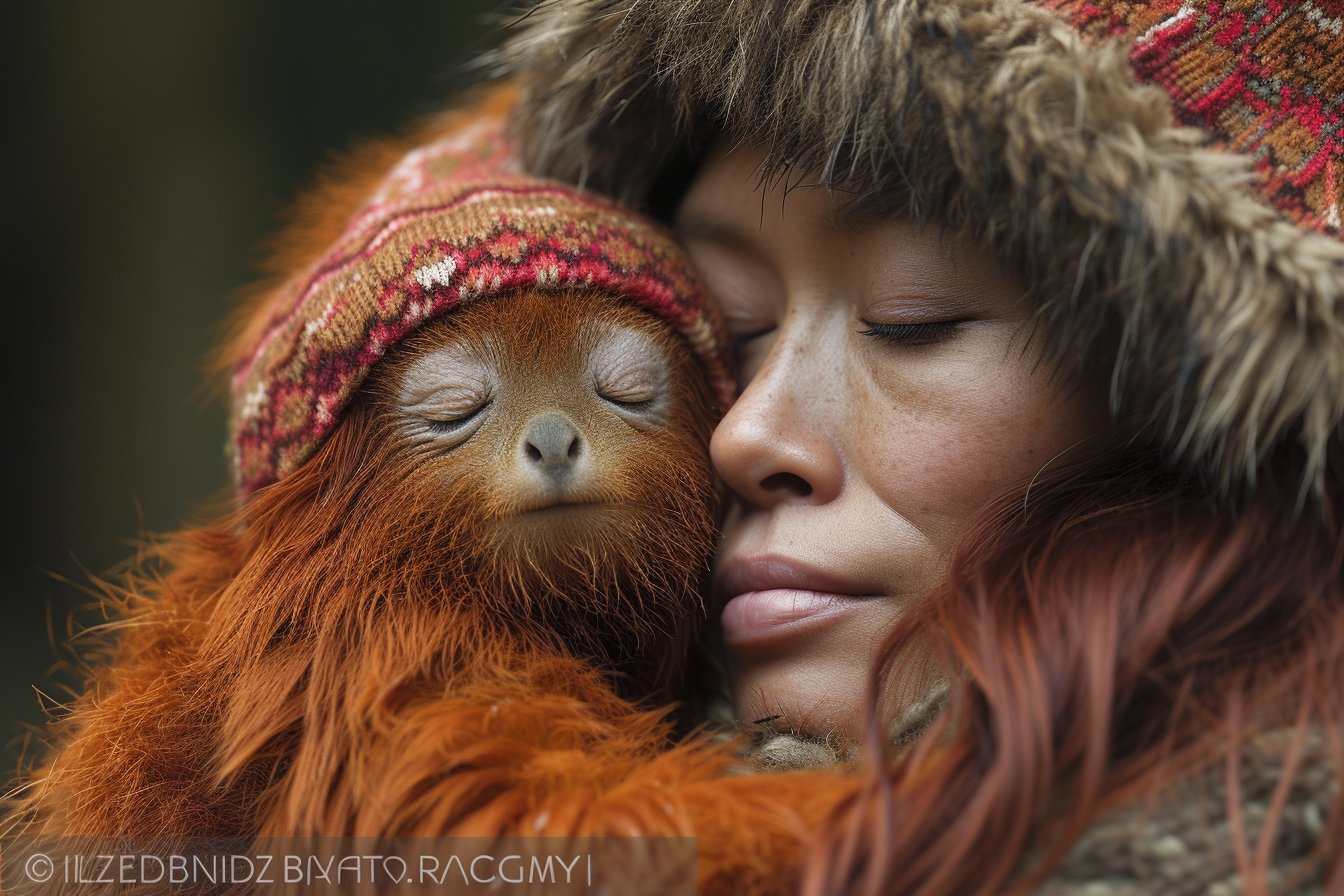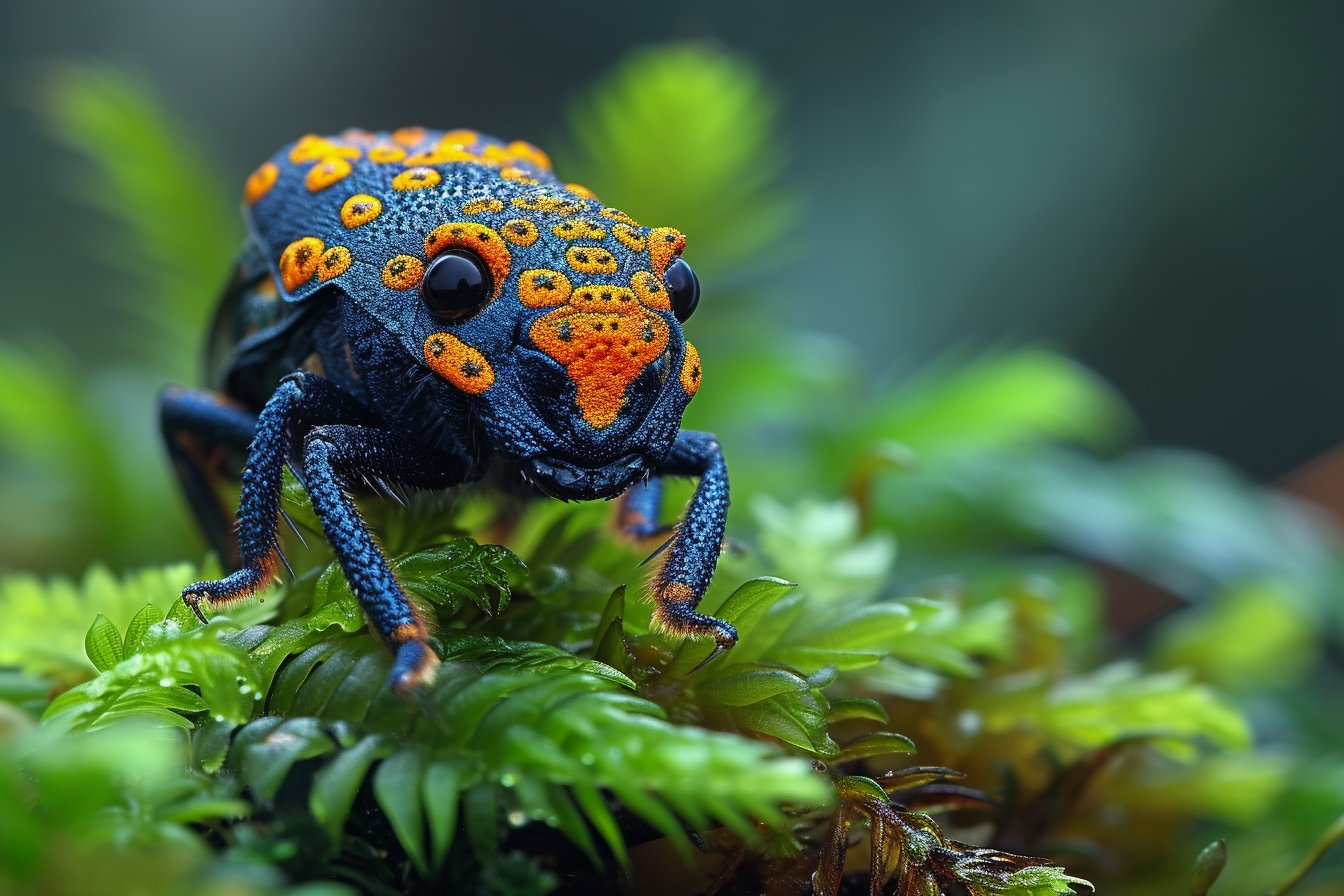In the world of animals, life expectancy can vary significantly between species. While some animals like tortoises and whales are known for their impressive longevity, others have shockingly short lifespans. In this article, we’ll dive into the fascinating world of these ephemeral creatures and explore just what animal lives the shortest life.
Mayflies: The Ephemeral Creatures of the Animal Kingdom
The mayfly holds the title for the animal with the shortest lifespan on Earth. These delicate insects belong to the order Ephemeroptera, which is derived from the Greek word “ephemeros,” meaning “short-lived” or “transitory.” The name is fitting, as mayflies have one of the most fleeting lifespans in the animal kingdom, with some species living for just a few hours before dying.
Taking Flight for Mating and Death
Mayflies typically hatch and live underwater in their larval stage, also known as nymphs. Depending on the species, these nymphs can spend weeks to months developing in aquatic environments like rivers, streams, and lakes. Once fully developed, they rise to the surface and molt into winged adults.
Adult mayflies are not equipped with functional mouthparts, so they don’t eat during their brief adult lives. Their primary purpose at this stage is reproduction. Swarm behaviors are common in mayflies, where swarms form above water surfaces and consist of males and females engaging in mating while flying. Female mayflies then deposit fertilized eggs onto the water surface amid flight or by crawling down vegetation or rocks at the water’s edge.
After their frantic reproductive efforts, mayflies die, often within hours to a day. As such, their entire existence revolves around furthering their species. They are born, only to reproduce and die in an incredibly short period.
Other Animals with Surprisingly Brief Lifespans
While mayflies live the shortest lives out of all animals, several other creatures also exhibit relatively fleeting lifespans. Some examples include:
- Mosquitofish: These tiny fish are native to the southeastern United States and live for approximately six months. Although small, they play an essential role as predators of mosquito larvae, helping mitigate the spread of diseases such as West Nile virus and dengue fever. This is why they have been introduced into various parts across the world for mosquito control purposes.
- House mouse: With a natural life expectancy of about one year, these small rodents can make a significant impact while alive by reproducing and consuming vast amounts of food.
- Gastrotrichs: Measuring less than a millimeter long, marine gastrotrichs are worm-like, aquatic invertebrates that inhabit sandy environments. Their lifespan usually ranges from three days to just under a week.
Factors Affecting Short Lifespans in Animals
Various factors contribute to the extreme brevity of some animal’s lives. Rapid growth and development are common among animals with short lifespans, allowing them to reach sexual maturity quickly and engage in reproductive behaviors.
Predation and environmental pressures may also play a role in shaping the accelerated lifestyles exhibited by some species. The shorter an animal’s life is, the more offspring it typically produces to compensate for its transient existence and increase the likelihood of successful population maintenance or expansion.
Contrasting the Longevity of Animal Lifespans
A crucial aspect that lends context to exploring the life of the mayfly is examining contrasting lifespans within the animal kingdom. The longevity demonstrated by different species varies drastically, with some living well over 100 years.
- Tortoises: Harboring remarkable longevity records, tortoises hold some of the highest age milestones in the animal world. Some Galápagos giant tortoise individuals have even been reported to live over 170 years.
- Bowhead whales: As one of nature’s most enduring creatures, these Arctic and sub-Arctic dwellers are known for their impressive size and weight. Scientists estimate that bowhead whales can reach ages of more than 200 years.
- Ocean quahogs: These marine bivalve mollusks are exceptionally long-lived for an invertebrate, with specific specimens reaching more than 500 years of age. Their life history showcases an extraordinary contrast to animals like the mayfly, as they showcase extreme endurance in vastly different habitats.
In conclusion, understanding what animal lives the shortest life allows us to further appreciate the diverse spectrum of lifespans exhibited throughout the animal kingdom. With each unique lifestyle adapted to respective success factors, the realm of Earth’s inhabitants continues to fascinate and reveal intricate strategies for survival and reproduction.


